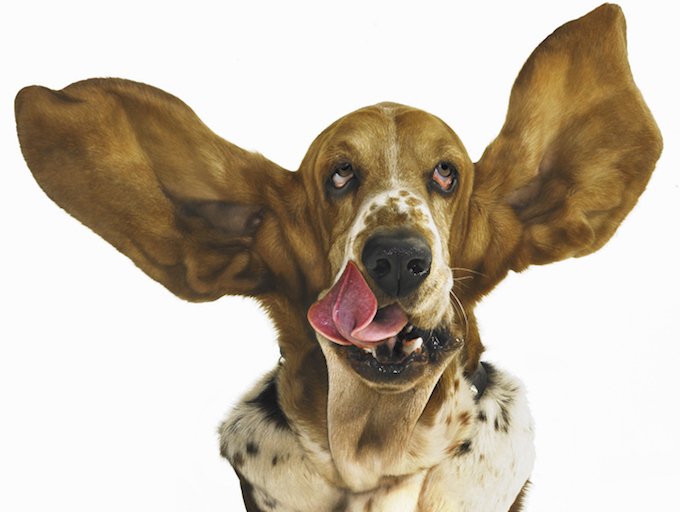Ear cysts in dogs is a medical condition that happens when a dog’s middle ear becomes infected and is left untreated. Subsequently, when this occurs, cysts on the ear can form.
The cysts in question take the form of sacs that are filled with fluid.
The condition is also known by the medical term cholesteatoma.
If you see the signs of ear cysts in your dog, then get to a veterinarian for a proper diagnosis and treatment.
Here’s what you should know about the symptoms, causes, and treatments for ear cysts in dogs.
Symptoms Of Ear Cysts In Dogs
Ear cysts in dogs can bring on a range of symptoms. Some of the most common symptoms of the condition include the following:
- Pain when attempting to eat
- Scratching around the ears a lot
- Head shaking
- Physical pain when the jaw area is touched
- Deafness
Causes Of Ear Cysts In Dogs
The main cause of ear cysts in dogs is a middle ear infection that is left untreated for a long period of time, often up to a year.
In general, all breeds of dog can develop ear cysts. But certain breeds with non-typical ear shapes can be more prone to suffering from the condition. Examples include dogs with folded ears or narrow ear canals.
Additionally, beyond ear infections, some of the most common causes of ear cysts include the following:
- Ear mites
- Foreign bodies
- Use of swabs in the ear canal
- Presence of too much hair in the ear canal
Treatments For Ear Cysts In Dogs

If you suspect that your dog is suffering from ear cysts, your vet will ask detailed questions about your dog’s medical history and any recent circumstances that could have caused an ear infection.
Next, your vet will closely examine your dog’s ears. The use of an otoscope can help to carry out this process. In many cases, a sample of any problematic material in your dog’s ears will be taken for analysis and to look for bacteria.
X-rays are also often used to look for cases of ear cysts.
After diagnosing the condition, a surgery is often recommended. This process might involve removing one of the ear canals. In some cases, this might reduce your dog’s hearing on one side.
Antibiotics are often prescribed to deal with any lingering infection.
As always, if your vet prescribes your dog any medication, it is vital that you stick to the precise dosage and frequency instructions. Also, make sure to finish the entire course of medication.
Have you ever cared for a dog suffering from ear cysts? How did your vet help your dog recover from ear cysts? Let us know in the comments section below.









